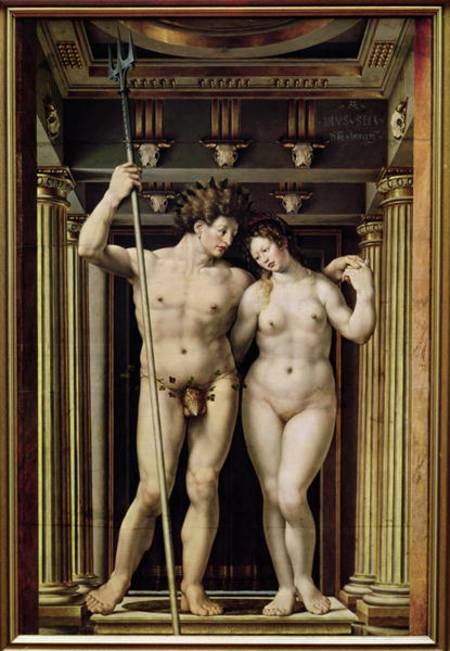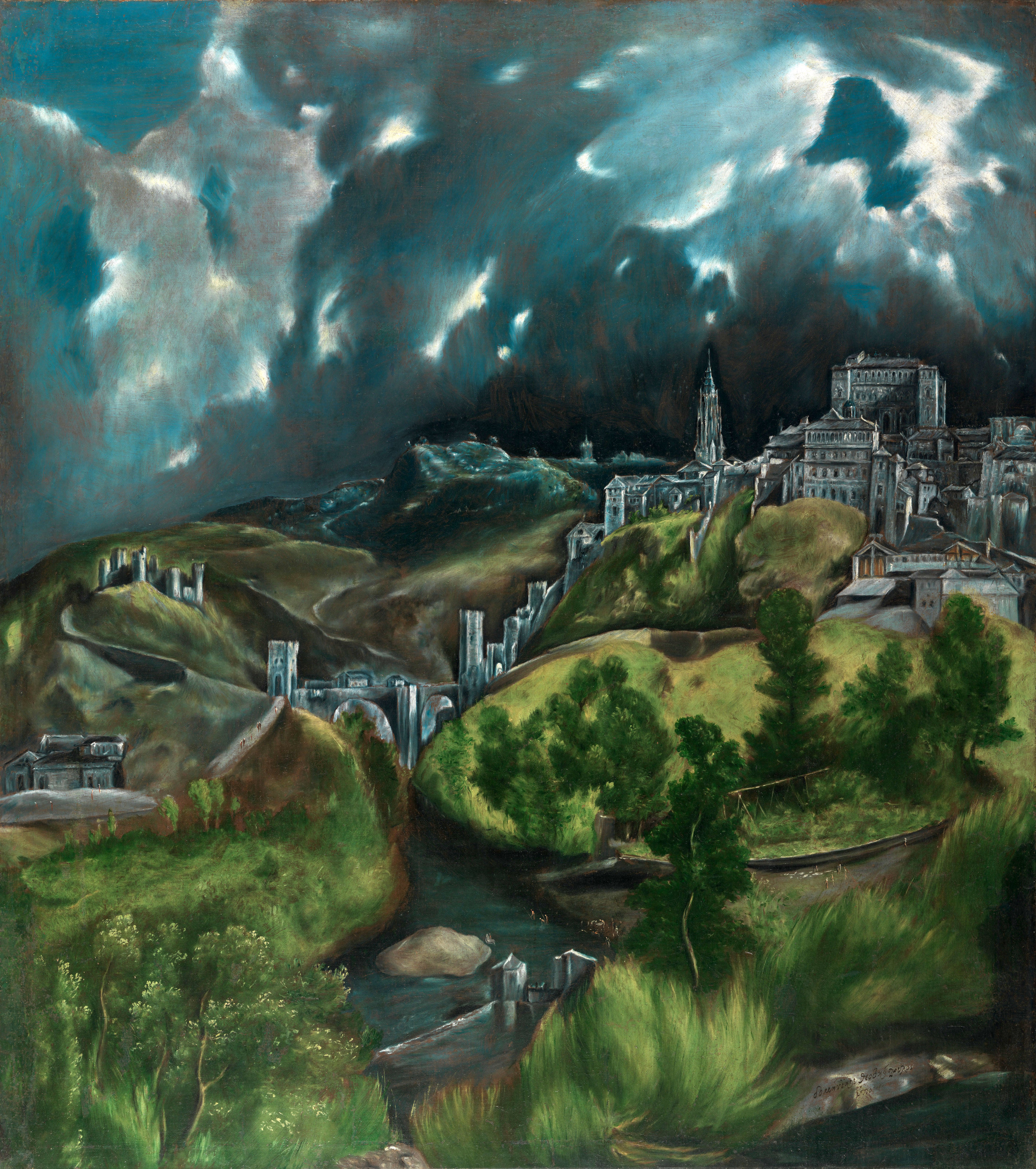Goya's
Saturn Devouring One of His Children, illustrates the most disturbing scene that I have seen in a painting thus far.
It is indeed horrific, but it is haunting as well, a trait that I consider to be an attribute of good art. It is a great image to view because of quality of humanistic expression; even if he hadn't have illustrated the bloody, decapitated corpse, the crazed eyes of Goya's
Saturn hinted at the mythical being's savagery and insanity. The dark-colored, void backdrop of the painting further adds to the painting's moroseness, but it also gives it a kind of "transcendent" appearance. Every thing about the painting embodies the Romantic period that it is associated with.
 |
| Francisco Goya, Saturn Devouring One of His Children, 1819-1823. Fresco. Romanticism (Spain). |
One of the biggest reasons that Blake's
Ancient of Days stood out to me was because of its close resemblance to the common illustration of the Egyptian "All-Seeing Eye" or, the "Eye of Horus". The angle created by the two rays of light extending from the Creator's thumb and fingers look to be the top of the (technically, incomplete) pyramid, which is often pictured below or contains the "Eye". The actual "Eye", seems to be formed by the sun and the clouds that surround it.
 |
| William Blake, Ancient of Days, 1794. Metal relief etching, hand colored. Romanticism (England) |
 |
| One depiction of the "All-Seeing Eye" (compare with Blake's Ancient of Days) |












